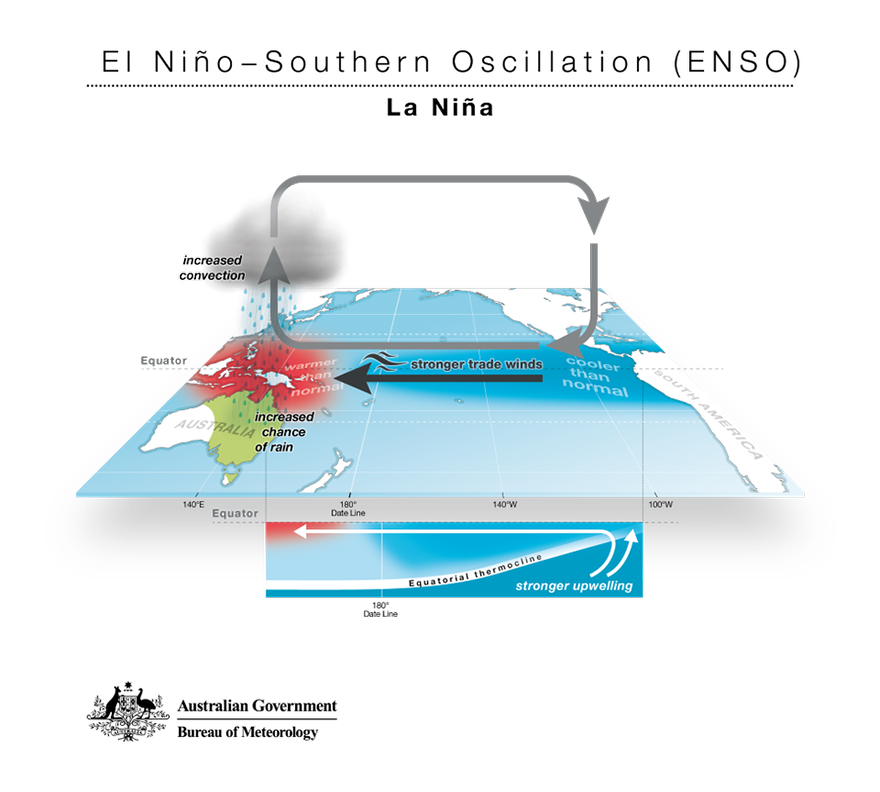from now on we shall use the convention that the darker or lighter shade of any color denotes a city with higher number or lower number of rainy days respectively.
to support the opposite wind directions in different seasons over the cities, in the next two plots we are seeing the wind directions in two cities - Darwin from North, Perth from South-West.
This was a complete visual climate analysis of Australia from 2007 to 2017. Thank you.













